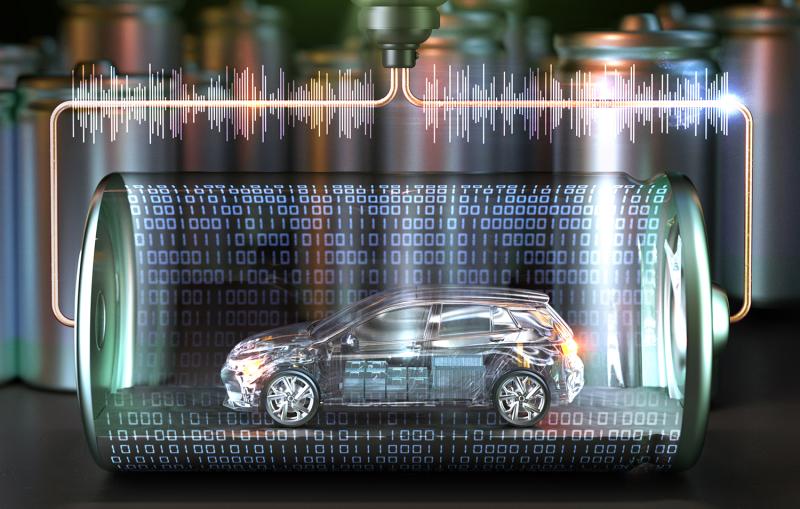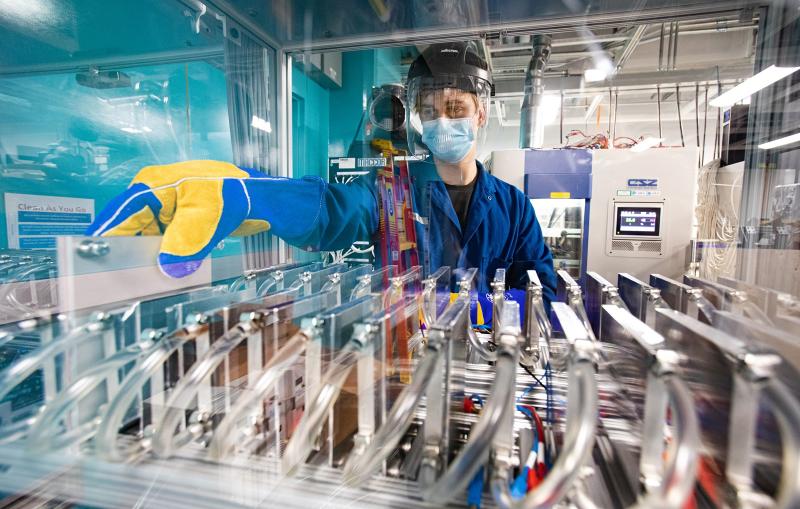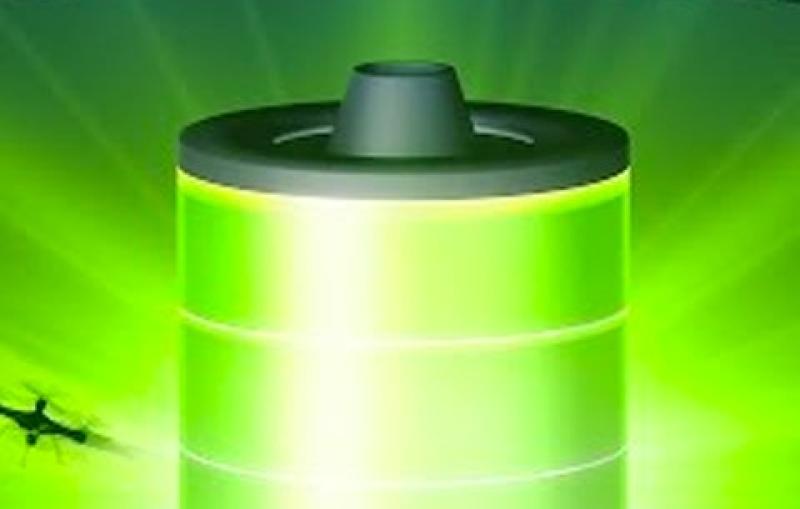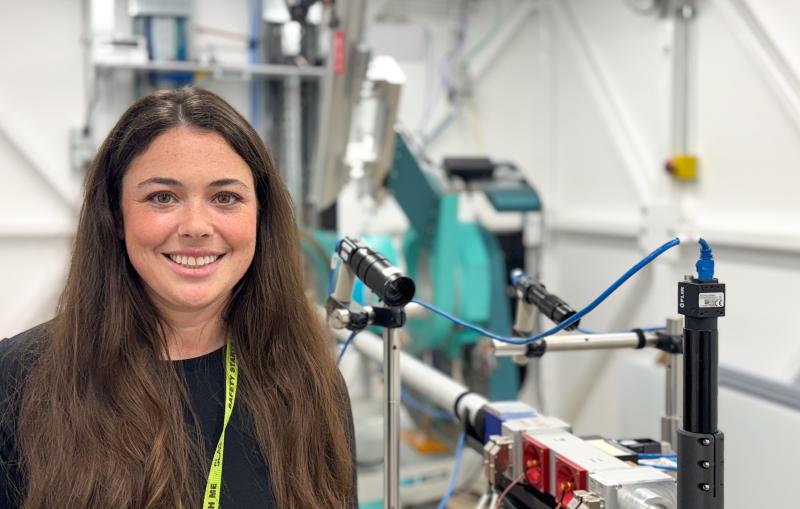Feng Lin Wins Spicer Award for Smart Window, Battery Research
Research Employed Several X-ray Techniques to Resolve Materials Challenges
Feng Lin, a former postdoctoral researcher at Lawrence Berkeley National Laboratory, has been selected to receive the annual William E. and Diane M. Spicer Young Investigator Award for X-ray experiments at the Department of Energy’s SLAC National Accelerator Laboratory that led to new approaches in the design of energy-efficient, color-changing "smart" windows and high-capacity lithium-ion batteries.
Lin, who this year joined a startup company focused on developing new energy storage technologies, will receive the award on Oct. 8 during the annual LCLS/SSRL Annual Users' Meeting and Workshops at SLAC.
Given each year to early-career scientists who work with X-rays, the award recognizes Lin’s extensive research over the past several years at SLAC’s Stanford Synchrotron Radiation Lightsource (SSRL), a DOE Office of Science User Facility. William Spicer was a co-founder of the Stanford Synchrotron Radiation Project in 1972, which would later become SSRL. The award is named in honor of the Stanford University professor, who died in 2004, and his wife, who died in 2009.
“I am honored to receive this award,” Lin said. “There are thousands of scientists who use SSRL, and I am only one out of many qualified persons. I would like to acknowledge the guidance that I received from my supervisors and collaborators.”
Making a ‘Smarter’ Smart Window
Lin’s research led to improvements in the design of a window coating that can be tuned, with a slight voltage, to adjust the amount of heat and visible light passing through. This can conserve energy by reducing heating and cooling needs in buildings.
“Aided by the X-ray capabilities at SSRL, we figured out a way to make this thin-film device more versatile,” Lin said. “Now it has a clearer and more aesthetic view. You can tune between very dark and very transparent states by applying a slight current, and the switching speed between these states is much faster.”
Lin and others were named in a patent related to that research, which he said benefited from X-ray studies at SSRL. Those studies provided the fundamental understanding of the material’s nanoscale properties. “We translated that knowledge to another generation of material,” he said.
He conducted the smart window studies as a graduate researcher at the National Renewable Energy Laboratory from 2010 to 2012, and he received his doctoral degree based on this research from the Colorado School of Mines in 2012.
Lithium-ion Batteries and Other Research
Lin joined Berkeley Lab in 2013, and continued to conduct X-ray experiments at SSRL while researching rechargeable batteries and electrically driven chemical reactions.
He participated in X-ray studies of lithium-ion batteries while they operate, which helped identify how those batteries fail. In an investigation of materials for a battery component called a cathode, Lin and his coworkers used several complementary tools to probe both the bulk and surface of cathode material and to pinpoint structural changes that cause the battery to degrade. That study led to a way to rethink the battery design to improve performance, Lin said, and follow-up research will be highlighted in upcoming publications.
Dennis Nordlund, a staff scientist at SSRL who has worked on X-ray experiments with Lin, noted in a recommendation letter for the Spicer Award, “His drive and talent has elevated all projects in which I have been collaborating in. Lin stands out as one of the most talented, versatile and proficient scientists, with an outstanding knowledge and drive.”
Lin offered kudos to staff at SSRL for helping to make his experiments a success.
“The beamline scientists were super-friendly and very collaborative. They could always foresee technical challenges in my X-ray experiments. Certainly, I also had a lot of scientific input from them," he said. "It is hard to imagine how these studies could be done without their hard work and dedication.”
He said his expertise in X-ray research helped him to secure his new role as a senior member of technical staff for the startup company, and he plans to continue his research at SLAC.
Contact
For questions or comments, contact the SLAC Office of Communications at communications@slac.stanford.edu.
SLAC is a multi-program laboratory exploring frontier questions in photon science, astrophysics, particle physics and accelerator research. Located in Menlo Park, Calif., SLAC is operated by Stanford University for the U.S. Department of Energy’s Office of Science.
SLAC National Accelerator Laboratory is supported by the Office of Science of the U.S. Department of Energy. The Office of Science is the single largest supporter of basic research in the physical sciences in the United States, and is working to address some of the most pressing challenges of our time. For more information, please visit science.energy.gov.






